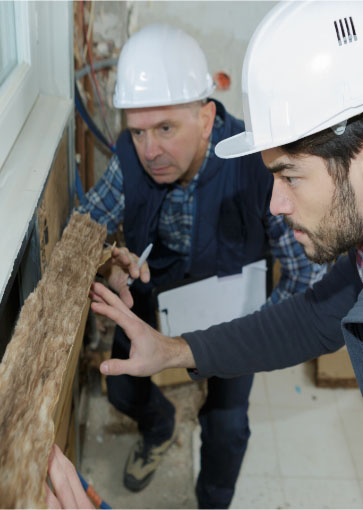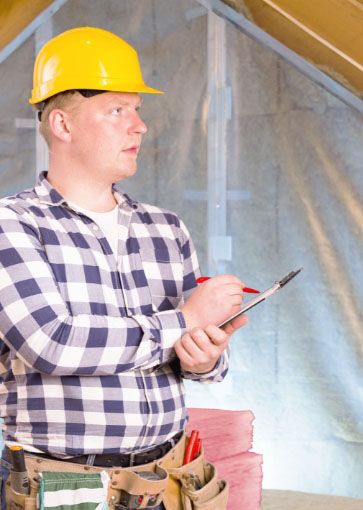SOLUTIONS
Your safety is our top priority, that's why we provide the highest quality service in the industry
Advanced Attic Solutions is one of the leading attic and insulation cleaning, decontamination, attic repair, insulation replacement, and maintenance team in the Greater Los Angeles Area. We are based in Los Angeles and proudly service a 100 mile radius providing rodent removal solutions to maintain homes safe, clean, and healthy for your family.
Fill-out the form and schedule a FREE HOME EVALUATION


FREE IN-HOME
EXPERT EVALUATION

CLEAN-UP AND
RODENT PROOFING

INSULATION AND
RADIANT BARRIER

" Thank you guys for amazing work at my attic, very professional company. The price was fair, great customer service. Highly recommend to all who needs insulation attic. Thanks again guys! "
Los Angeles, CA
On your first blown in insulation
per sq. ft.
Call us for more details. Some restrictions may apply. Must mention at time of estimate.
Call us direct
We are located near you